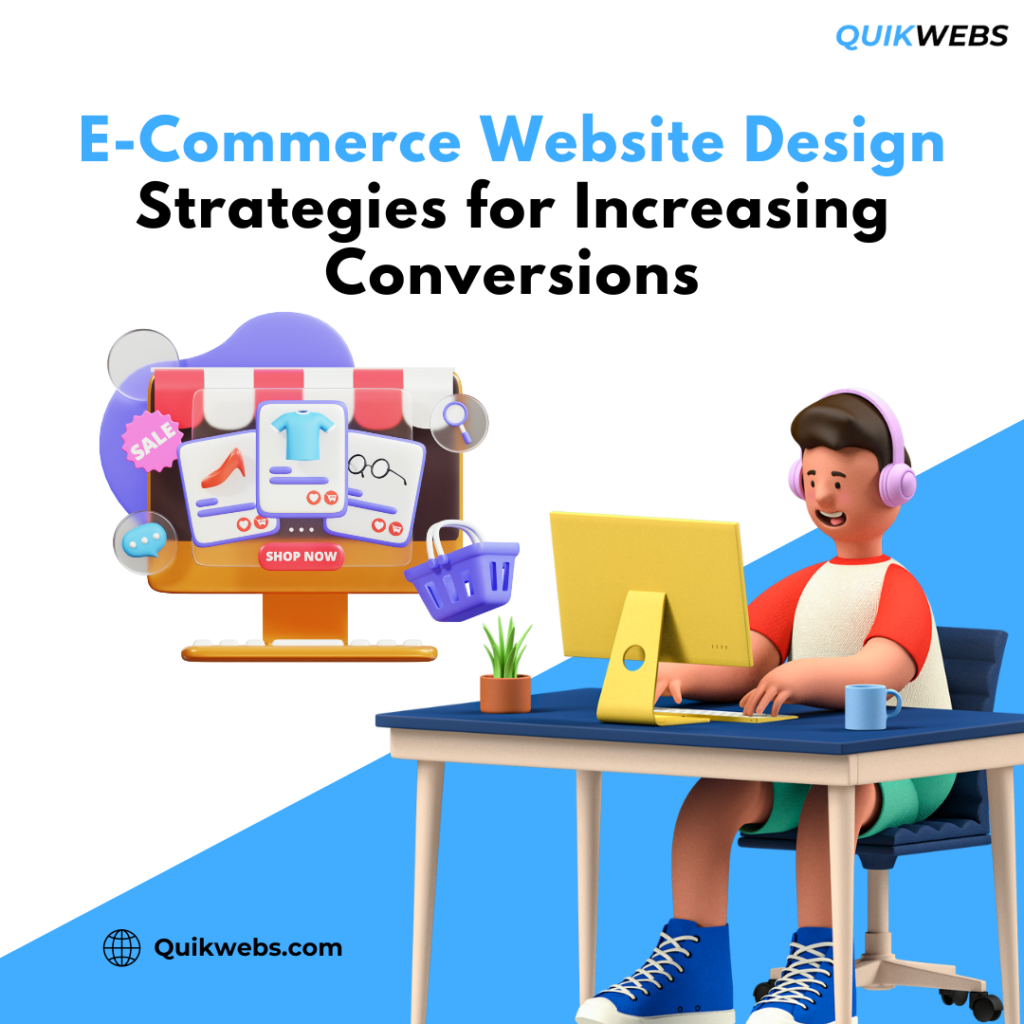
In today’s competitive e-commerce landscape, having a well-designed website is essential for driving conversions and maximizing sales. From optimizing product pages to streamlining the checkout process, every aspect of your website plays a crucial role in influencing customer behavior and ultimately, driving revenue. In this article, we’ll explore the essential strategies and best practices for designing a high-converting e-commerce website that engages visitors and encourages them to make a purchase.
Optimizing Product Pages: One of the first steps in designing an effective e-commerce website is to optimize your product pages. This includes using high-quality images, compelling product descriptions, and clear calls-to-action to entice visitors to learn more and make a purchase. Ensure that product information is easily accessible and well-organized, allowing customers to make informed buying decisions quickly.
Streamlining the Checkout Process: A complicated or lengthy checkout process can lead to cart abandonment and lost sales. Streamline the checkout process by minimizing the number of steps required to complete a purchase and offering guest checkout options for customers who prefer not to create an account. Implementing a progress indicator and providing multiple payment options can also help simplify the checkout experience and reduce friction for customers.
Mobile Optimization: With more consumers shopping on mobile devices than ever before, optimizing your e-commerce website for mobile responsiveness is essential. Ensure that your website is mobile-friendly and loads quickly on smartphones and tablets, providing a seamless shopping experience for mobile users. Optimize images and content for smaller screens and prioritize mobile-friendly navigation and buttons to enhance usability.
Personalized Recommendations: Personalization is key to engaging customers and driving conversions in e-commerce. Use data-driven insights to offer personalized product recommendations based on customers’ browsing and purchase history. Implementing a recommendation engine and showcasing related products or items frequently bought together can help increase average order value and encourage repeat purchases.
Building Trust and Credibility: Building trust is crucial for converting visitors into customers. Incorporate trust signals such as customer reviews, ratings, and security badges prominently on your website to instill confidence in potential buyers. Showcase testimonials and user-generated content to provide social proof of your product’s quality and reliability, helping to build credibility and encourage conversions.
In conclusion, designing a high-converting e-commerce website requires careful planning and attention to detail. By optimizing product pages, streamlining the checkout process, optimizing for mobile, offering personalized recommendations, and building trust and credibility, you can create an engaging and user-friendly shopping experience that drives conversions and maximizes sales. Whether you’re a small business owner or a seasoned e-commerce pro, implementing these strategies can help take your online store to the next level
Ready to work with us?
Whether you’re a startup looking to make your mark or an established business in need of a digital revamp, we’re ready to collaborate and create something remarkable together.